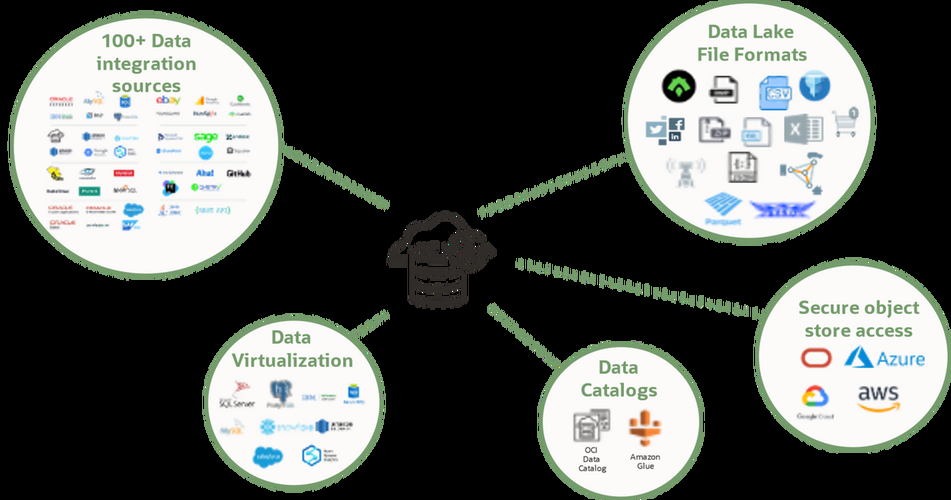
一、异常错误
PS C:\Users\10568> mysql -u root -p
Enter password: ****
ERROR 1045 (28000): A***ess denied for user 'root'@'localhost' (using password: YES)
A***ess denied表示拒绝访问,using password:NO/YES是否输入了密码。
二、原因
其中一种原因是mysql自启动的bug,mysql的3306端口号被自己占用,需要关闭mysql服务,再重新启动,我目前这样做可以解决,当然,也可能是因为MySQL服务器上不存在的用户尝试访问数据库。可以参考stack overflow的问题去解决。
stack overflow的回答是在默认情况下,根MySQL用户设置为使用auth_socket插件进行身份验证,而不是使用密码进行身份验证。在许多情况下,这允许更高的安全性和可用性,但是当您需要允许外部程序(例如,phpMyAdmin)访问用户时,它也会使事情复杂化。为了使用密码以root身份连接到MySQL,您需要将其身份验证方法从auth_socket切换到mysql_native_password。
参考:A***ess Denied for User ‘root’@‘localhost’ (using password: YES) -No Privileges?:https://stackoverflow.***/questions/17975120/a***ess-denied-for-user-rootlocalhost-using-password-yes-no-privileges
三、解决方法
查看3306端口情况,发现PID进程为5296
***stat -ano|findstr 3306
使用命令taskkill /PID 5964 -t -f将进程杀死,或者直接在任务管理器中结束任务
之后重新启动mysql
*** start mysql
重新进入mysql即可
如果是Ubuntu系统可以参考以下回答:
MySQL Error: : 'A***ess denied for user ‘root’@‘localhost’:https://stackoverflow.***/questions/41645309/mysql-error-a***ess-denied-for-user-rootlocalhost
In Ubuntu systems running MySQL 5.7 (and later versions), the root
MySQL user is set to authenticate using the auth_socket plugin by
default rather than with a password. This allows for some greater
security and usability in many cases, but it can also ***plicate
things when you need to allow an external program (e.g., phpMyAdmin)
to a***ess the user.In order to use a password to connect to MySQL as root, you will need
to switch its authentication method from auth_socket to
mysql_native_password. To do this, open up the MySQL prompt from your
terminal:sudo mysql
Next, check which authentication method each of your MySQL user
a***ounts use with the following ***mand:SELECT user,authentication_string,plugin,host FROM mysql.user;
Output
±-----------------±------------------------------------------±----------------------±----------+ | user | authentication_string |
plugin | host |
±-----------------±------------------------------------------±----------------------±----------+ | root | |
auth_socket | localhost | | mysql.session |
*THISISNOTAVALIDPASSWORDTHATCANBEUSEDHERE | mysql_native_password | localhost | | mysql.sys |
*THISISNOTAVALIDPASSWORDTHATCANBEUSEDHERE | mysql_native_password | localhost | | debian-sys-maint |
****744277A401A7D25BE1CA89AFF17BF607F876FF | mysql_native_password | localhost |
±-----------------±------------------------------------------±----------------------±----------+ 4 rows in set (0.00 sec) In this example, you can see that the root
user does in fact authenticate using the auth_socket plugin. To
configure the root a***ount to authenticate with a password, run the
following ALTER USER ***mand. Be sure to change password to a strong
password of your choosing, and note that this ***mand will change the
root password you set in Step 2:ALTER USER ‘root’@‘localhost’ IDENTIFIED WITH mysql_native_password BY
‘password’;Then, run FLUSH PRIVILEGES which tells the server to reload the grant
tables and put your new changes into effect:FLUSH PRIVILEGES;
Check the authentication methods employed by each of your users again
to confirm that root no longer authenticates using the auth_socket
plugin:SELECT user,authentication_string,plugin,host FROM mysql.user;
Output
±-----------------±------------------------------------------±----------------------±----------+ | user | authentication_string |
plugin | host |
±-----------------±------------------------------------------±----------------------±----------+ | root | *3636DA***8616D997782ADD0839F92C1571D6D78F |
mysql_native_password | localhost | | mysql.session |
*THISISNOTAVALIDPASSWORDTHATCANBEUSEDHERE | mysql_native_password | localhost | | mysql.sys |
*THISISNOTAVALIDPASSWORDTHATCANBEUSEDHERE | mysql_native_password | localhost | | debian-sys-maint |
****744277A401A7D25BE1CA89AFF17BF607F876FF | mysql_native_password | localhost |
±-----------------±------------------------------------------±----------------------±----------+ 4 rows in set (0.00 sec) You can see in this example output that the
root MySQL user now authenticates using a password. Once you confirm
this on your own server, you can exit the MySQL shell:exit

